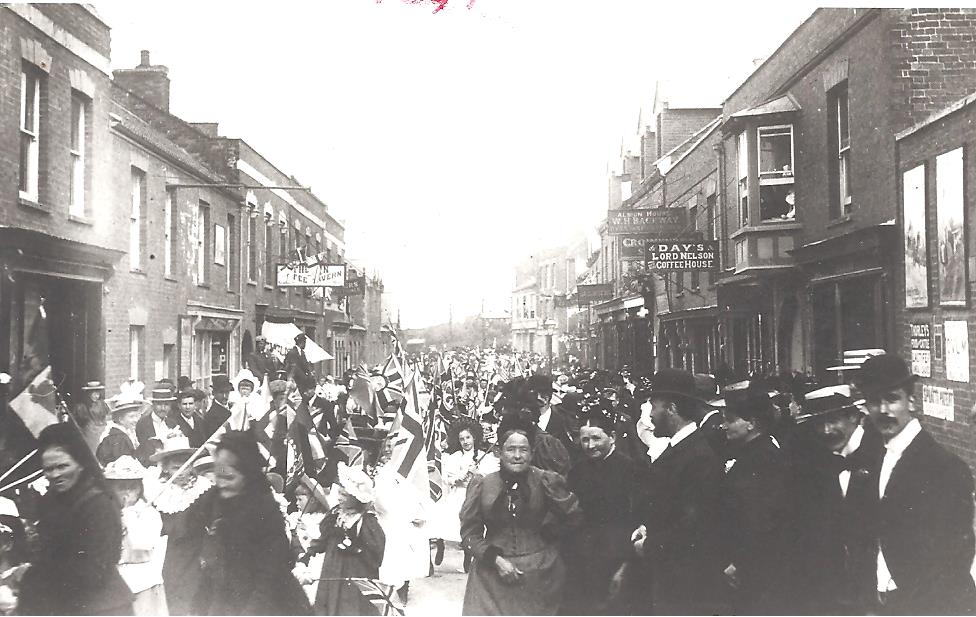
It was once lined with shops and businesses that included a market square, a town hall and one of the largest railway stations in the Westcountry.
Sadly Market Street in Highbridge is not what it was with a depleted station, now public square and a town hall replaced with council offices, a community hall and the library. Good in its own way but not quite the same when General Booth banged the drum for the Salvation Army in 1900 when hundreds flocked to hear his muscular Christian message. Or even in 1897 when the town celebrated Queen Victoria’s Golden Jubilee with a street party and demonstration.

Although the town hall was also the residence of potential criminals. Highbridge author Robert Thomas who penned the Book of Burnham-on- Sea explains. He told the Weekly News: “The old town hall was joined on to the old hotel. The interesting thing about it was it was a town hall with cells as it was also the police station.”
The police moved out and in later years built a police station on Burnham Road although the authorities deem it to be too large and plan to sell it.

The street is beginning to show signs of resurgence with new businesses opening as more people move into the growing town. Mr Thomas records how the street has changed.
He said: “They called it the Market Square but it wasn’t a market there. They sold pigs in a building off to the side and the cattle market is up where the burnt out hotel is now. Foot and mouth curtailed it as it did for all markets in the 1990s but held on for a while.”
Most of Market Street’s buildings haven’t changed he said but the shop fronts have. One shows a bootmaker which opened in the 1890s and was still going strong in the 1920s although the words “and son” had been added.

At the far end of the street the road rises to cross the railway bridge. In a photograph from 1907 a flock of sheep are seen cross the bridge complete with rustic shepherd while to one side can be seen a large pond which is no longer there.
“All the railway bridges had ponds beside them,” he said, “because they dug out the soil to make the slope. And then they would fill up with water and they left them. The Walrow Ponds nearby were clay pits dug out for manufacturing bricks. They were still used not that long ago.”
Harry Mottram
This article was originally published in the Burnham and Highbridge Weekly News



You must be logged in to post a comment.